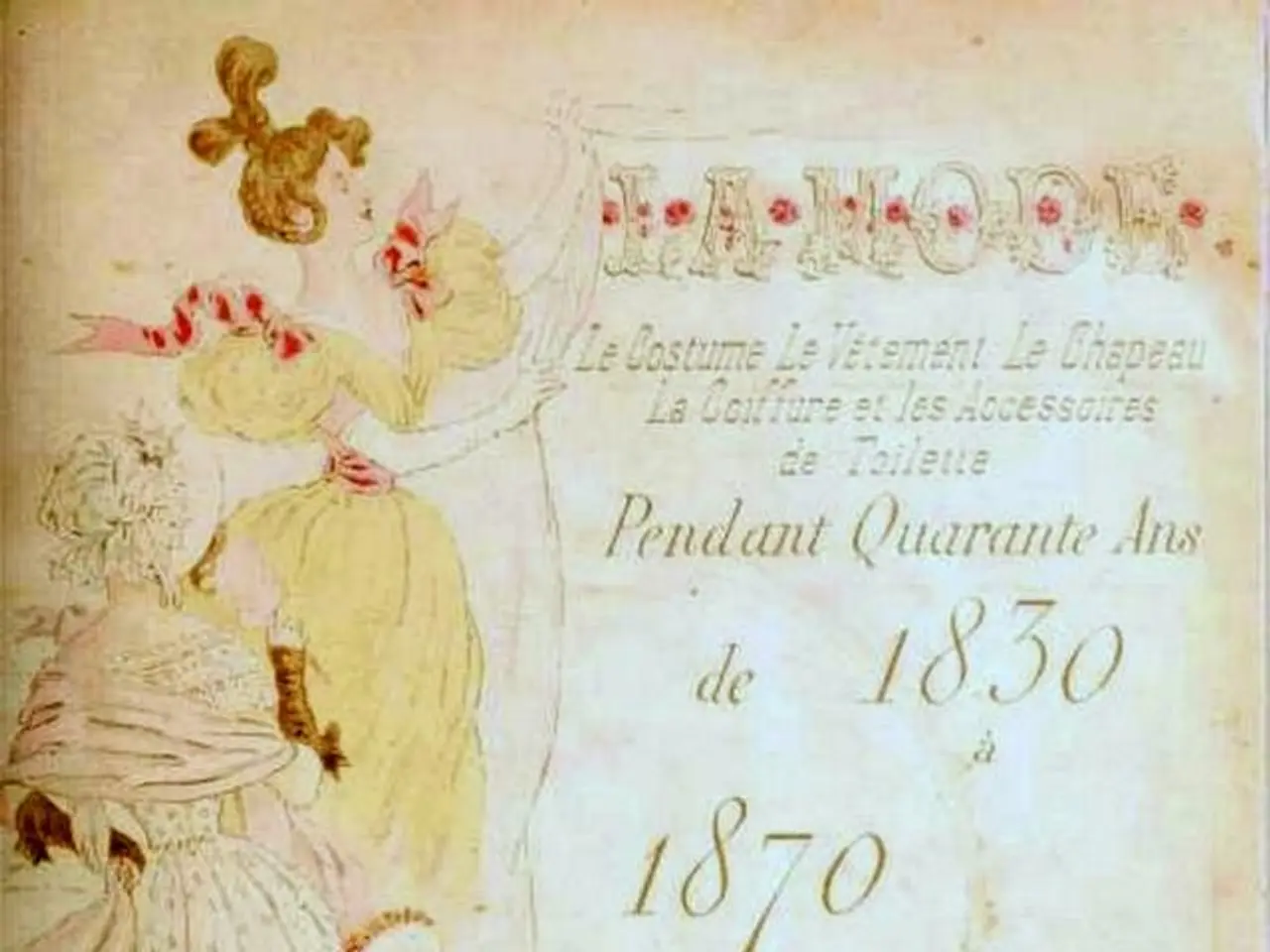Persistent disparity in gender representation persists within Latvia's parliamentary bodies
In recent years, there has been a significant increase in the representation of women in national governments across Europe. This trend is particularly evident in Belgium, Portugal, and Lithuania, where the share of women in government has increased by 32.8%, 25.7%, and 24.9 percentage points respectively since 2014.
Belgium currently boasts a female representation of 55.0% in its national government, with Finland close behind at 60.0%. Finland also has the second-highest share of female representatives at 45.5% in the EU.
The increase in the percentage of female representatives in EU countries like Malta, Latvia, and Belgium can be attributed to several interrelated factors. These include legal and institutional reforms, EU gender equality policies and initiatives, changing social norms, civil society and grassroots movements, and economic and development incentives.
Legal reforms have been crucial in increasing women’s parliamentary and governmental presence. Many EU countries have adopted gender quotas or other legislative measures mandating or encouraging political parties to include more women on candidate lists. These reforms, supported by EU directives and recommendations on gender equality, have been instrumental in promoting gender equality.
The European Union has actively promoted gender equality through funding, norms, and campaigns. Institutions like the European Parliament’s Committee on Women’s Rights and Gender Equality work to advance women’s political representation and combat structural barriers, encouraging member states to follow suit.
Societal attitudes toward women’s leadership in politics have become more positive, supported by campaigns and greater visibility of female leaders. This cultural shift has helped to dismantle traditional gender roles that previously limited women’s political participation.
Women’s organizations and networks, both local and international, have played an essential role in mobilizing support, providing training, and advocating for legal changes that promote women’s political engagement.
The recognition that women’s inclusion in leadership correlates with stronger economic growth provides an additional impetus for governments to increase female representation. This is supported by research such as the World Bank’s Women, Business and the Law report.
Regarding Malta, Latvia, and Belgium specifically, these countries have improved women’s political representation through sustained efforts such as the introduction of voluntary political gender quotas, strong public support for gender equality measures, and longstanding institutional mechanisms including legislated quotas for political parties.
While direct data on these countries since 2014 is limited, these factors align with broader EU trends and policies documented by the European Parliament and gender equality bodies. The multifaceted approach combining legal reforms, EU leadership, sociocultural change, and economic rationale has been key to the observed increase in women’s representation in Malta, Latvia, and Belgium since 2014.
In the EU, despite women making up more than 50% of the population, they do not outnumber men in parliaments. Hungary has the second-lowest share of female representatives at 14.6%, followed by Romania at 19.5%. On the other hand, Denmark has the third-highest share of female representatives at 44.7%, with Sweden leading the way at 45.6%.
As of 2024, women held 35.1% of national government seats in the EU, an increase of 7.4 percentage points compared with 2014. However, countries like Cyprus and Czechia have a low representation of women in their national governments, with shares of 14.3% and 5.9% respectively.
Notably, Latvia has seen a significant increase in the share of female representatives, with a 13.0 percentage point increase compared with 2014. The Latvian prime minister and parliamentary speaker are both women, reflecting this positive trend.
Estonia also stands out with 50.0% of its national government members as women. This high representation underscores the progress made in promoting gender equality across Europe.
In conclusion, the increase in the representation of women in national governments across Europe is a positive development. This trend is due to a combination of legal reforms, EU policies, changing social norms, grassroots movements, and economic incentives. As more countries continue to prioritize gender equality, we can expect to see further progress in the future.
- The European Union, through institutions like the European Parliament’s Committee on Women’s Rights and Gender Equality, actively works to advance women's political representation and combat structural barriers, encouraging member states to follow suit.
- Amongst EU countries, Finland has the second-highest share of female representatives at 45.5% in the EU, a testament to Finland's commitment to gender equality in politics.
- Women’s health and general news are vital topics that many media outlets, including the media sector known as LSM, address extensively, ensuring women’s concerns are heard and discussed in society.
- Science and health-and-wellness sectors have significantly benefited from the increased participation of women, as their unique perspectives contribute to a more holistic and inclusive research and development approach.




